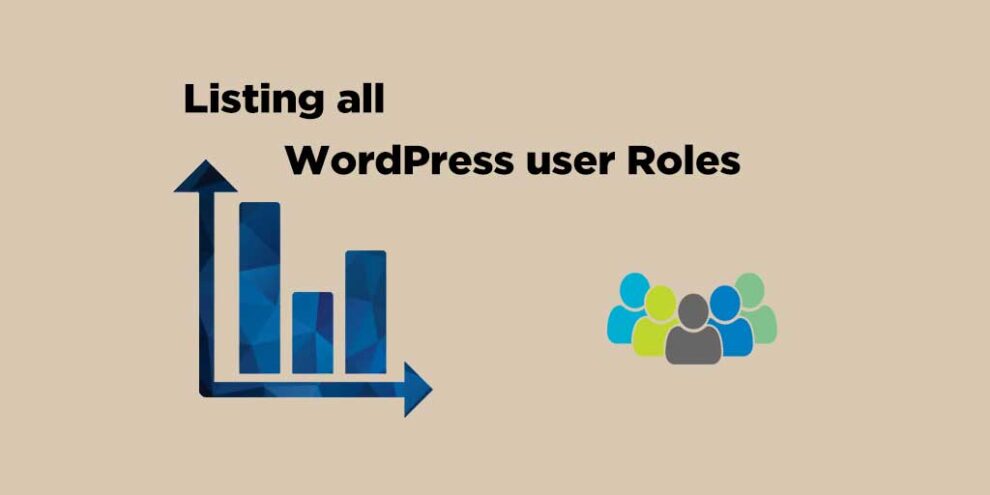WordPress is one of the most popular content management systems used to build websites today. It is a versatile platform that allows users to create, customize, and publish content with ease. One of the key features of WordPress is its user management system, which allows site owners to assign roles and permissions to different users.
There are several built-in roles in WordPress, including Administrator, Editor, Author, Contributor, and Subscriber. However, depending on your website’s needs, you may need to create additional roles or modify existing ones. To do this, you first need to know what roles are available on your site. In this article, we will show you how to list all available WordPress role names.
To begin, you will need to access the functions.php file of your WordPress site. This file contains all the functions that are available to your site and allows you to modify various aspects of your site’s functionality. To access the functions.php file, you will need to log in to your WordPress dashboard and navigate to Appearance > Theme Editor. From there, select the functions.php file from the list of files on the right-hand side or there is another option by installing the Code Snippets Plugin.
Once you have opened the functions.php file, you can add the following code to list all available WordPress role names:
$roles = wp_roles()->roles;
foreach ($roles as $role_name => $role_info) {
echo $role_name . "<br>";
}
Let’s take a closer look at how this code works. This code retrieves an array of all the available roles using the wp_roles() function and then loops through each role, outputting the role name using the echo statement. The BR tag is used to add a line break between each role name.
To use this code, you can add it to the functions.php file of your WordPress site, or you can create a new PHP file and include it in your WordPress installation. Once the code is in place, you can view the list of available roles by navigating to any page on your site. From there, select Users > Add New to create a new user, and you should see a dropdown list of available roles.
Output Screenshot :
In this article, we are displaying the available user roles of WordPress, we can display all users along with their roles.
It’s worth noting that some roles may be added by plugins or custom code, so the list of roles may differ depending on your site’s setup. Additionally, some roles may have different capabilities than the default roles provided by WordPress. For example, a custom role may have the ability to edit certain pages or access certain plugins that are not available to other roles.
In conclusion, listing all available WordPress role names is a simple task that can be accomplished using the wp_roles() function. By doing so, you can easily view and manage the roles available on your site, allowing you to customize user permissions to fit your specific needs. With this knowledge, you can better control the user experience on your site and ensure that your content is being managed by trusted users with appropriate permissions.
Happy Coding 🙂






Add Comment